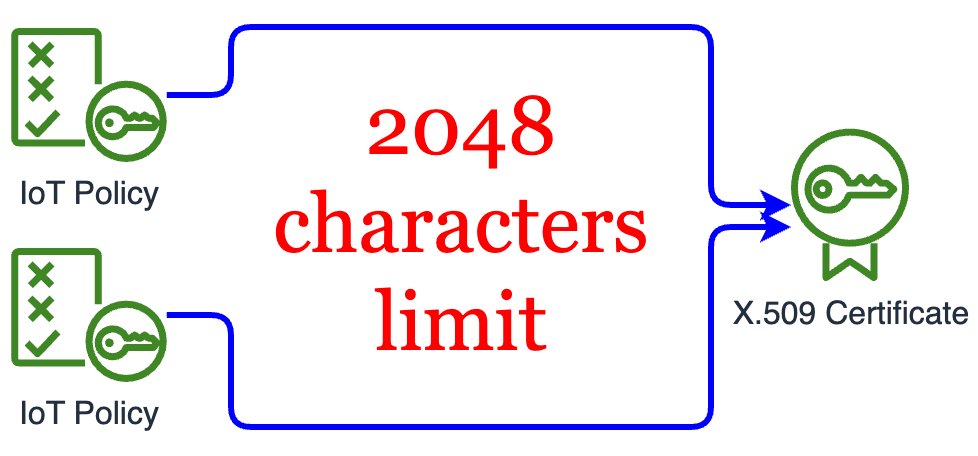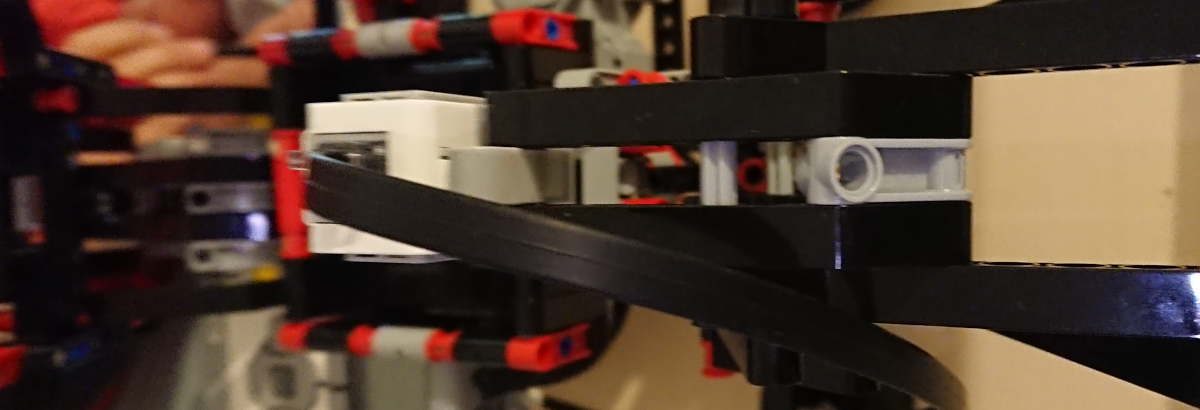Which device is best to learn about IoT?
Which device is the best to learn about the Internet of Things? That is a question I am asked frequently.
Let me explain my perspective before answering that question.
In my opinion, the Internet of Things is not a “single device”. I think about the IoT as an ecosystem of various connected devices cooperating to achieve a business outcome.
Those devices are connected to diverse private and public networks and use various communication protocols.







